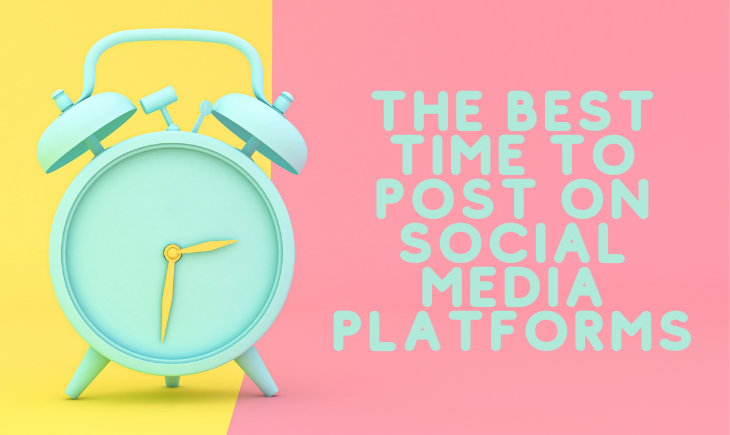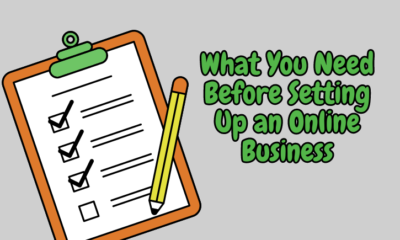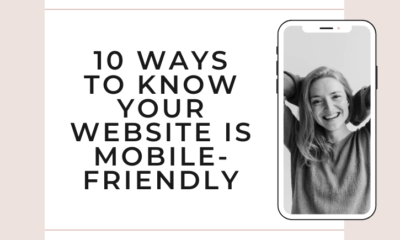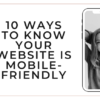Business
The Best Time to Post on Social Media Platforms
Determining the best times to post on social media for your Orange County online business requires understanding your target audience and their online behaviors. While there is no one-size-fits-all answer, Drive Traffic Media can provide general guidelines to help you make informed decisions. Here are some considerations when determining the optimal time for posting on social media:
1. Understand Your Audience
Identify your target audience and learn about their demographics, interests, and online habits. Consider factors such as age, location, and profession, as they can influence when they are most active on social media. For example, the younger generation tends to be up later than the older ones, while most working class will be most active on weekends when they’re off their work computers.
2. Analyze Platform-Specific Insights
Different social media platforms have varying user behaviors and peak activity times. Utilize each platform’s analytics and insights to determine when your audience is most engaged. Platforms like Facebook, Twitter, and Instagram offer insights into your audience’s online activity patterns.
3. Consider Time Zones
Consider the different time zones if your business operates globally or caters to a geographically diverse audience. Adjust your posting schedule to reach the maximum number of people at their most active times. For example, if a considerable percentage of your following is from Europe but your business is based in the United States, you should find a compromise for when they can both see your posts.
4. Experiment and Track Results
Conduct A/B tests by posting at different times on various days of the week. Monitor the performance of your posts, including engagement metrics like likes, comments, and shares. Over time, analyze the data to identify patterns and trends that indicate the best times for your specific business.
5. Peak Usage Hours
Generally, social media platforms observe increased activity during specific periods. For example, mornings and evenings tend to have higher engagement as people browse their social media feeds during commuting hours or after work. Lunch breaks and weekends may also be reasonable times to post when people have more free time.
6. Industry Research
Research your industry or niche to gain insights into the best times for engagement. Industry-specific studies and reports often provide valuable data on when your target audience is most active on social media.
7. Consider Content Type
Different types of content may perform better at specific times. For instance, educational or informative content might be more suitable during weekdays and working hours, while entertaining or light-hearted content might work well during evenings and weekends. Nobody will watch a two-hour informational video on their way home from work!
8. Consider Audience Habits
Think about how your target audience typically uses social media. Are they more likely to browse during breaks, before bed, or on weekends? Tailor your posting schedule to align with their habits.
Conclusion
Remember that these guidelines are starting points; adapting them based on your audience and business objectives is crucial. Regularly review your social media analytics and keep track of any changes in audience behavior to fine-tune your posting strategy over time.











